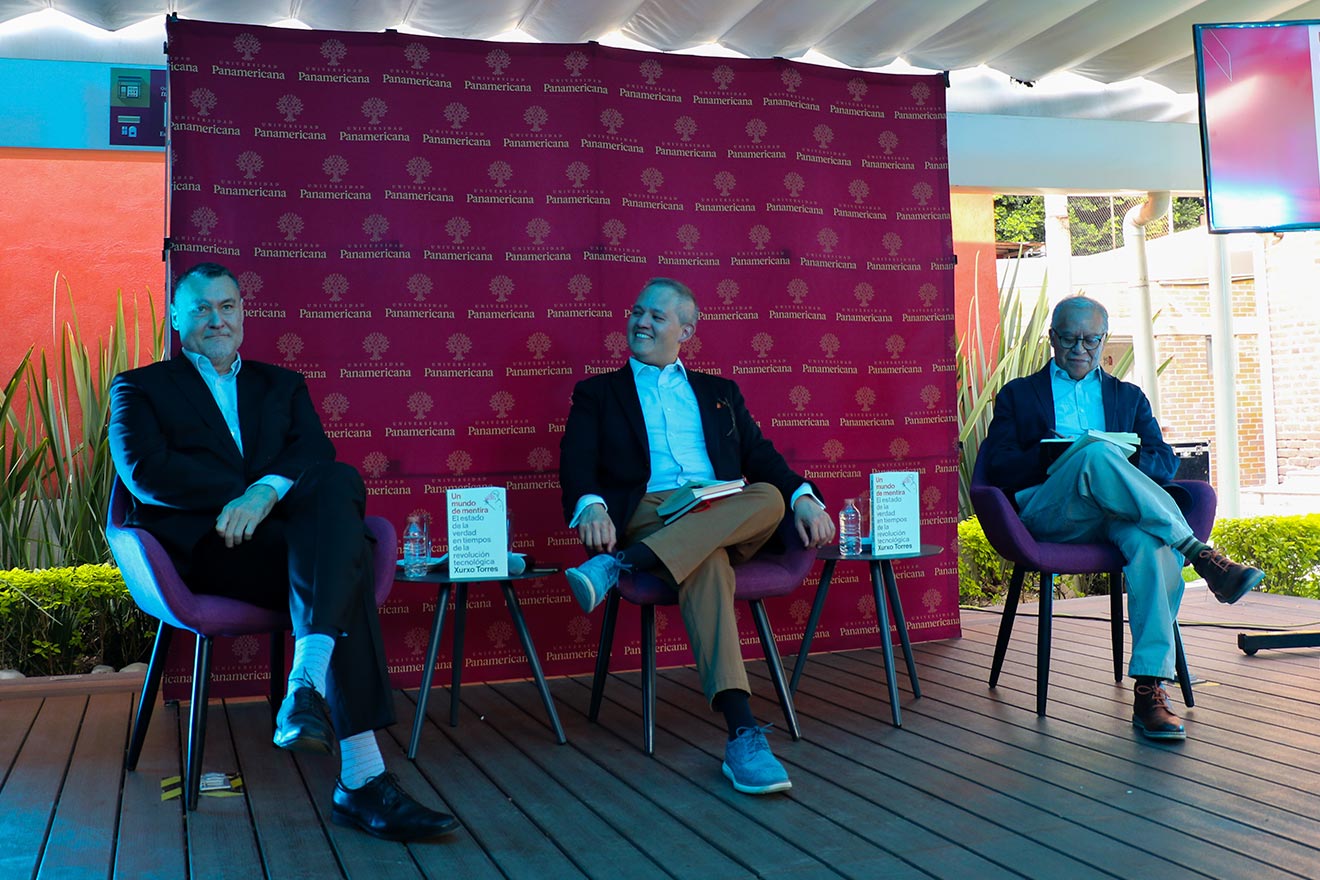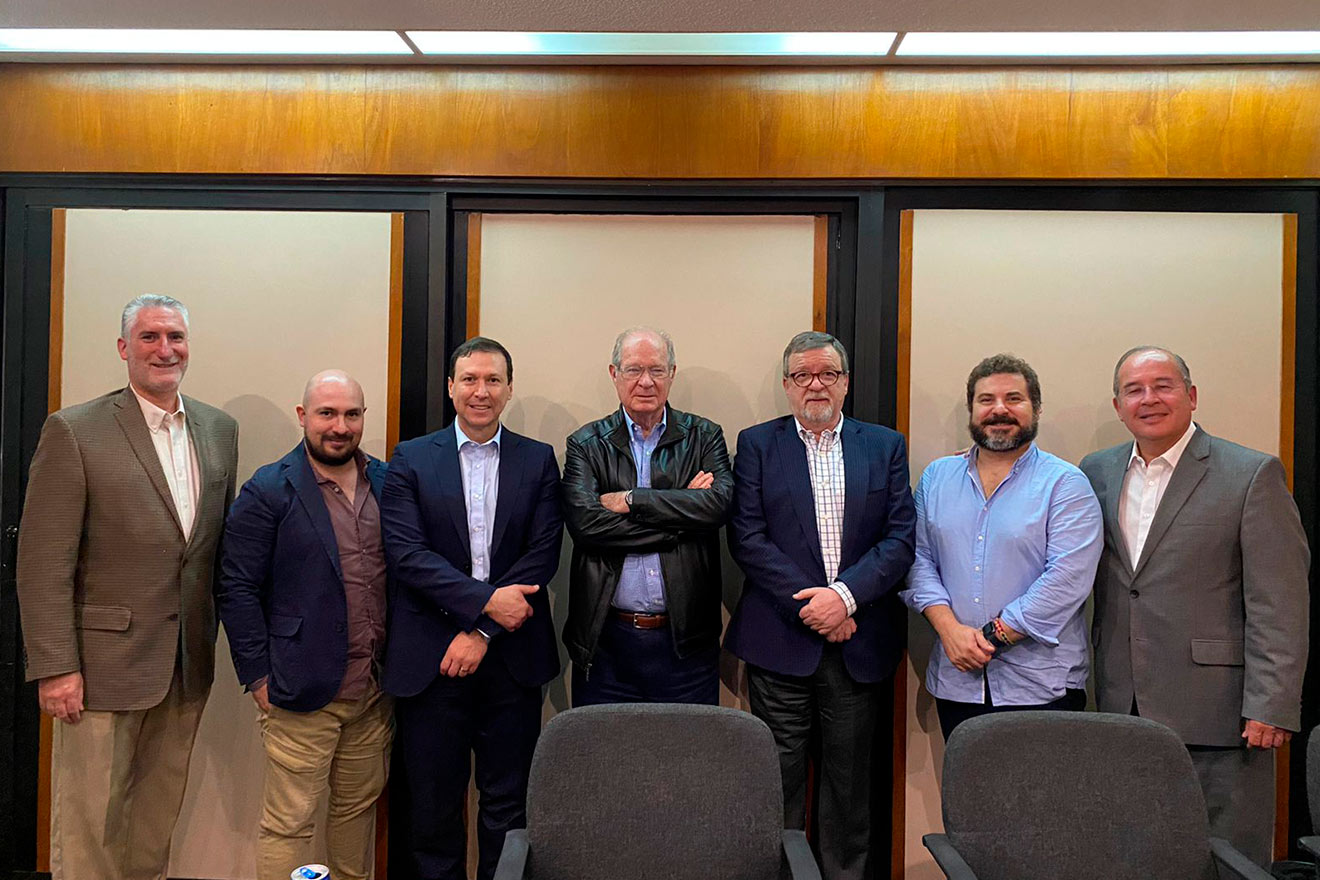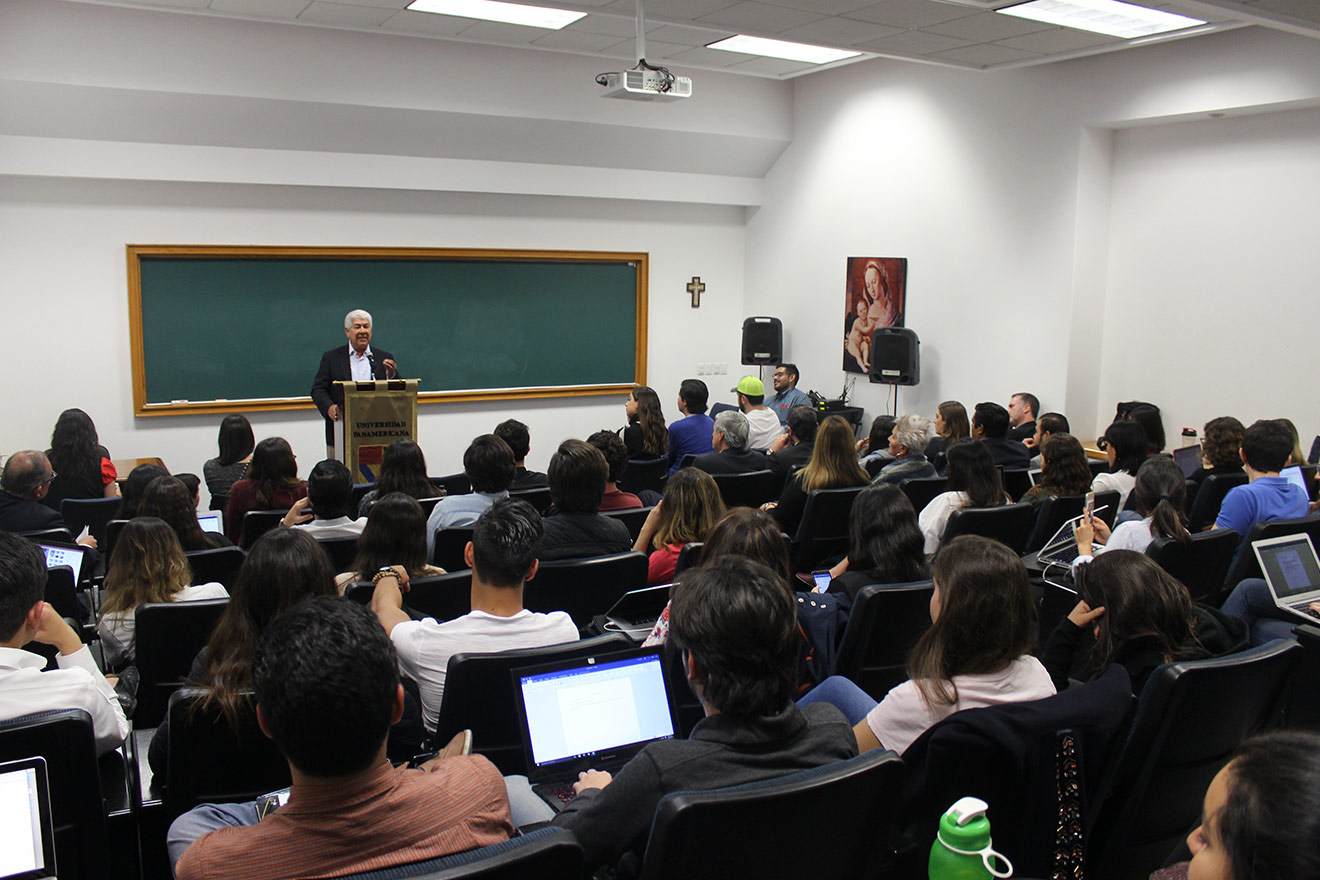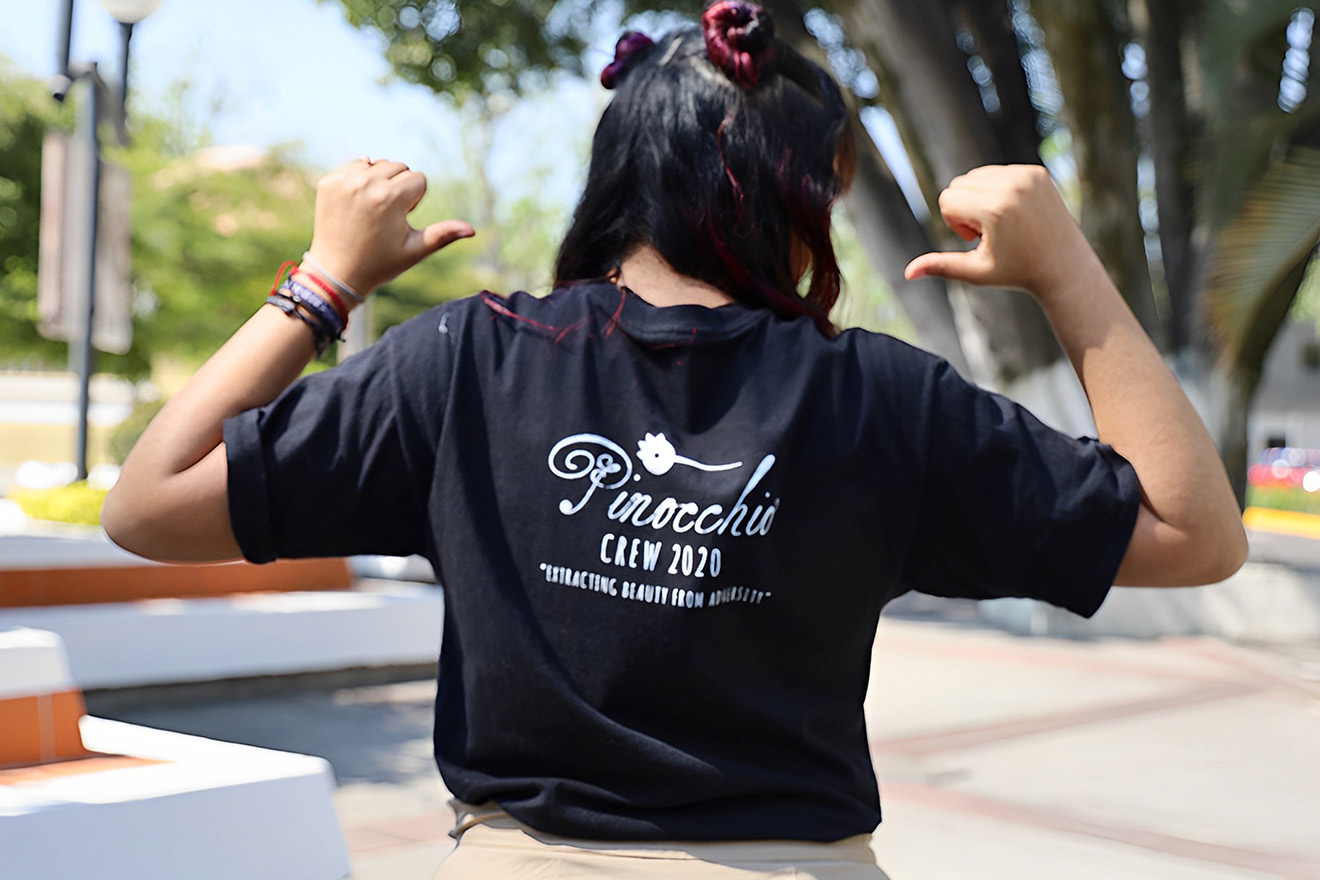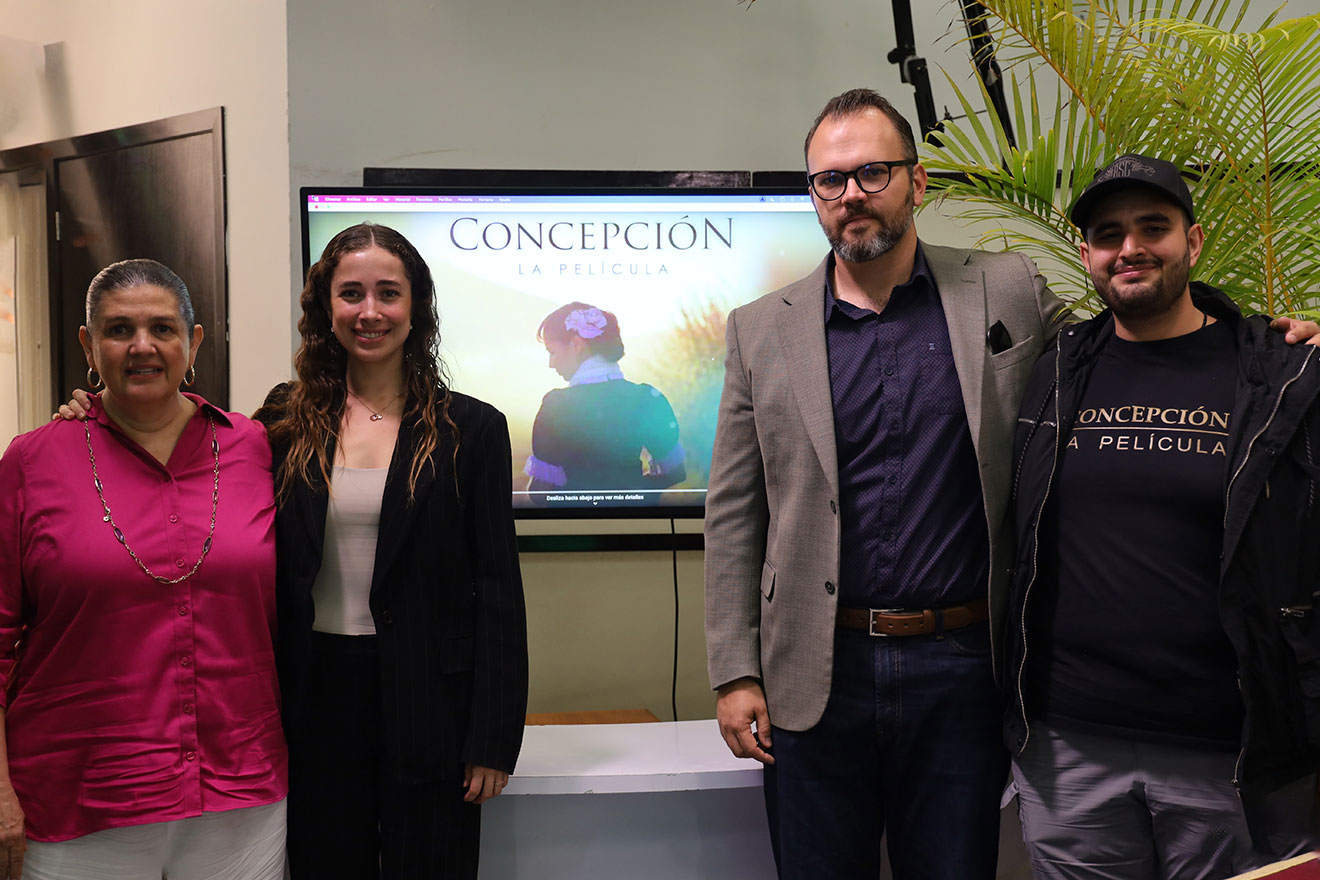Mexico City, February 23, 2024 - What is a personal brand? In the second season of Experts in Seriesproduced by Institutional Communication, the Protocol Office and MediaLab of the School of Communication of the Pan American University, campus Mexico, Dr. Paula Gárgoles, leader of the communication and fashion area at the Pan American University, campus Mexico. Universidad PanamericanaDr. Paula Gárgoles, leader of the communication and fashion area at Panamericana and personal branding consultant, talks about this topic.

Your personal and professional footprint
The personal brand, according to Paula, is the mark you want to leave, not only on a personal level, but also professionally. Thus, she indicates that one way to work on it is self-knowledge, for which she suggests a strategy called Ikigai, a Japanese method to understand and discover what is the purpose of your life .
To do this, the expert points out, you need to sit down and write down: 1) what you are good at, 2) what you like, 3) what the world needs, 4) what the world could pay you for.
"When we bring those four spheres together and put them together, we see what is in common, there we can find our Ikigaiour life purpose," he says. He emphasizes three major benefits of working on your personal brand: impact, recognition as an expert and differentiation.

Tools to be implemented
Dr. Gárgoles specifies three. The first is mentality, overcoming our limiting beliefs and fears and realizing that we can and have something to contribute. The second is communication tools, which includes social networks or channels that can help us to express ourselves: a website, a YouTube channel, etc.
While the third tool is image: "How you are dressed, how they see you, you generate a very powerful message to others" (...) there is no second chance for a first impression".
He also points out: "The image is your business card. You are telling the world in two seconds who you are and what you want to convey". Image involves not only the accessories we wear, the clothes we have or wear, but also how we behave, our gestures and non-verbal language.
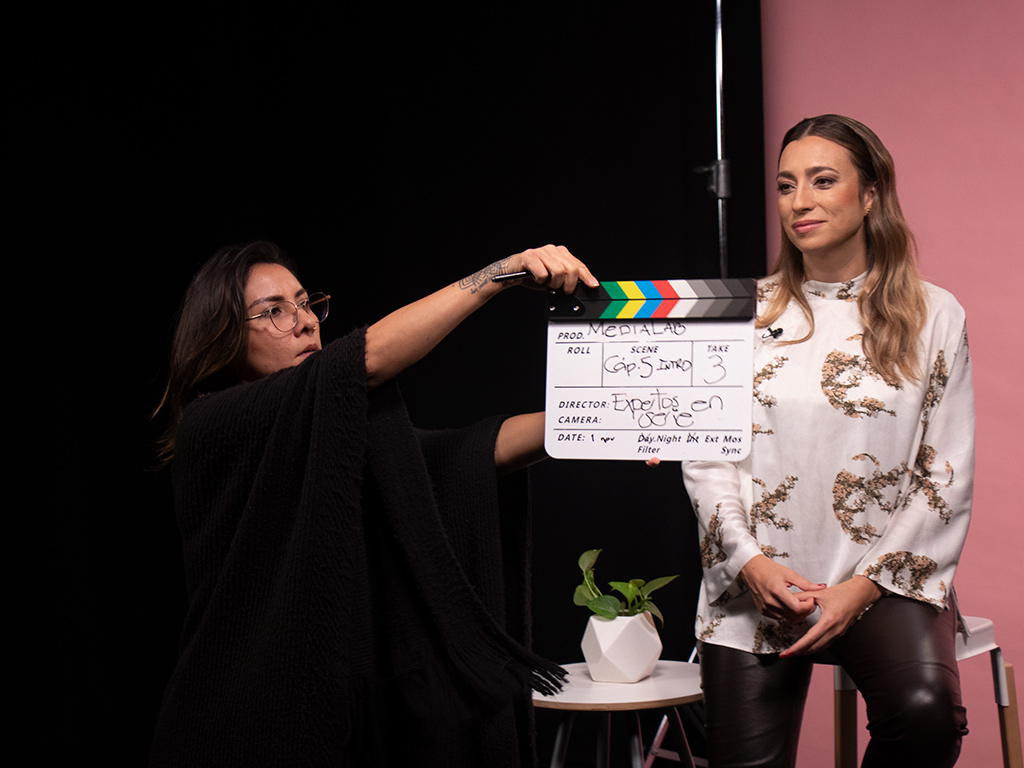
Advice and fashion-therapy
Paula states that when we work on personal branding and image there are two very common mistakes: not giving importance to image and believing that what is important is our knowledge, our experience and, therefore, dressing in any way. Falling into this belief, damages our image because we project ourselves less professional and less reliable. "It doesn't matter how we dress. That's a mistake," she says.
However, she clarifies that we should not hide behind clothing brands either, "that takes away your confidence because you have the value and fashion and clothing is your tool, it is your weapon, but you really have the value".
In this way, he talks about the concept of fashion-therapy, which is using fashion to make you feel better: "We are not always motivated, we don't always feel like the masters of the world. For those moments, fashion can be useful. (...) when you feel bad, use those clothes that help you feel much more confident and much more credible," he reveals.
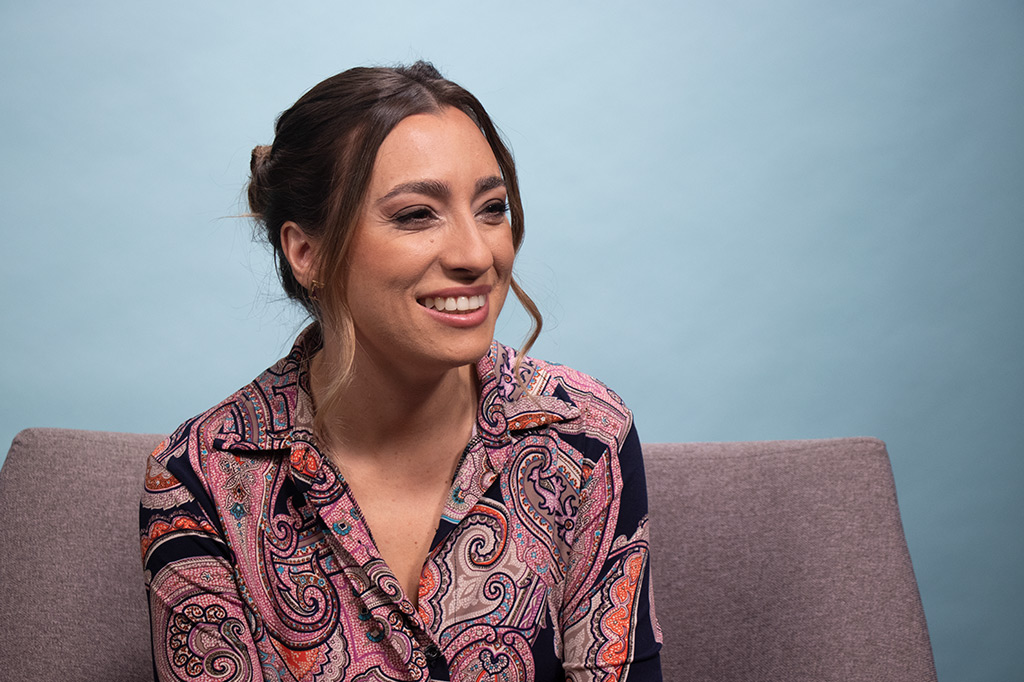
Professional dress codes
On image and codes in the professional field, Dr. Gárgoles talks about elegance, referring to its origin in Latin eligĕre, which means knowing how to choose. "Part of our success in our personal brand, in the professional sphere, is knowing how to choose in each situation what to wear, what are the accepted codes that serve me to transmit what I want," she stresses.
It also states that there are three major codes in this area:
- Business formalthe most rigid and formal code. Men's attire usually consists of suit, jacket and tie. In women, tailored suit of jacket and pants or skirt to the knee with heels.
- Business casualBusiness casual, currently the most widespread code in the western world. Men's attire involves a shirt with a jacket and pants, but the latter do not have to match. Women's attire can be a shirt and skirt, pants or dress without heels.
- Smart casualfor more informal jobs or for university students. In the case of men, they do not wear a jacket, only a shirt and the pants do not have to be formal, but chino or jeans. Women can also wear a dress or tennis shoes in most cases.
Three tips for building your personal brand
Finally, the expert offers three tips to start building your personal brand: specialization, using your image to convey what you want and consistency.
Specialization stresses the importance of choosing a subject that you are passionate about and delving deeper into it to become an expert.. He also emphasizes the need to know more than the general population and the majority of people in the chosen area.
In terms of personal image, it talks about how it can convey the message we want to convey. convey the message we want to convey and mentions several universal styles of dress, such as natural or classic, which can help communicate different help communicate different qualities, such as closeness, confidencesuch as closeness, confidence, creativity, innovation and gentleness.
Finally, on consistency, he stresses the importance of being perseverant both in perseverance both in specialization and in maintaining one's personal image..
Don't miss the episodes of this second season! You can find them here: https://www.youtube.com/playlist?list=PLn52H3BVC4L54o8FIcvi2Nl55WErxs9ti
Find out more about the School of Communication at: https://www.up.edu.mx/educacion-universidad-escuela-de-comunicacion/



